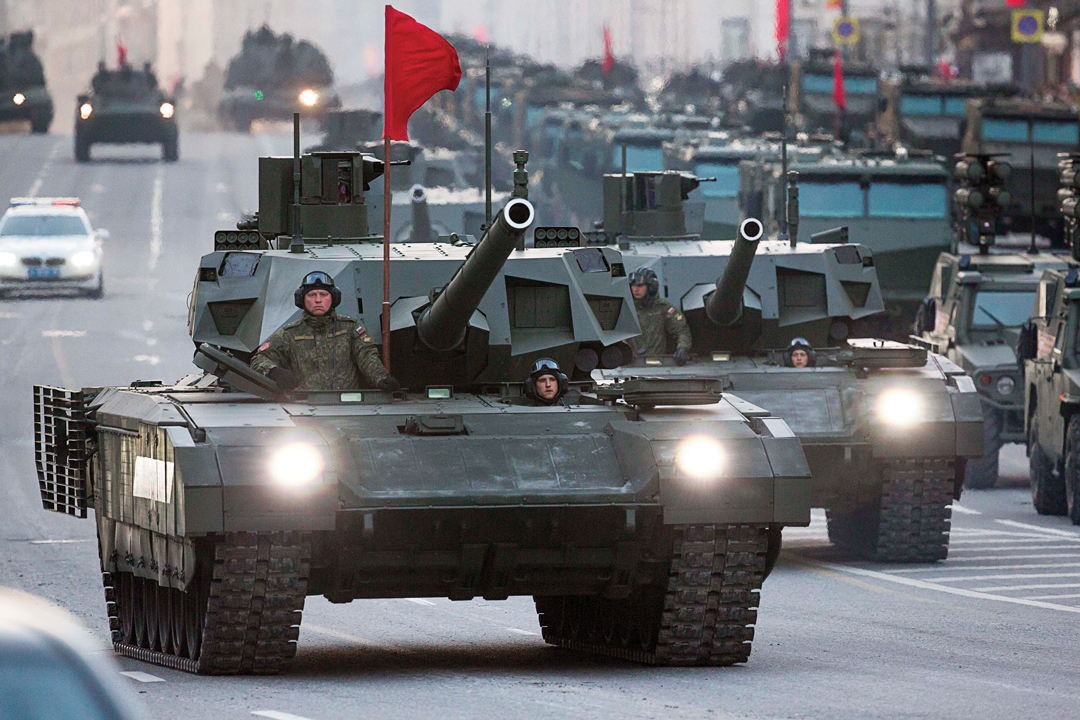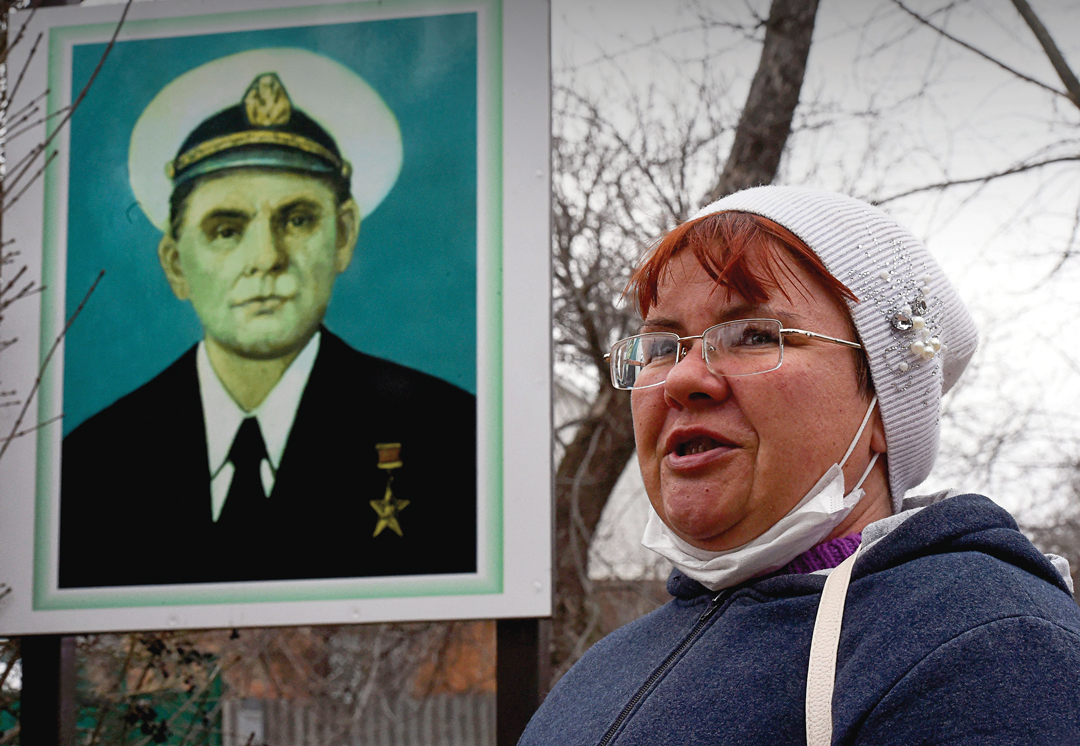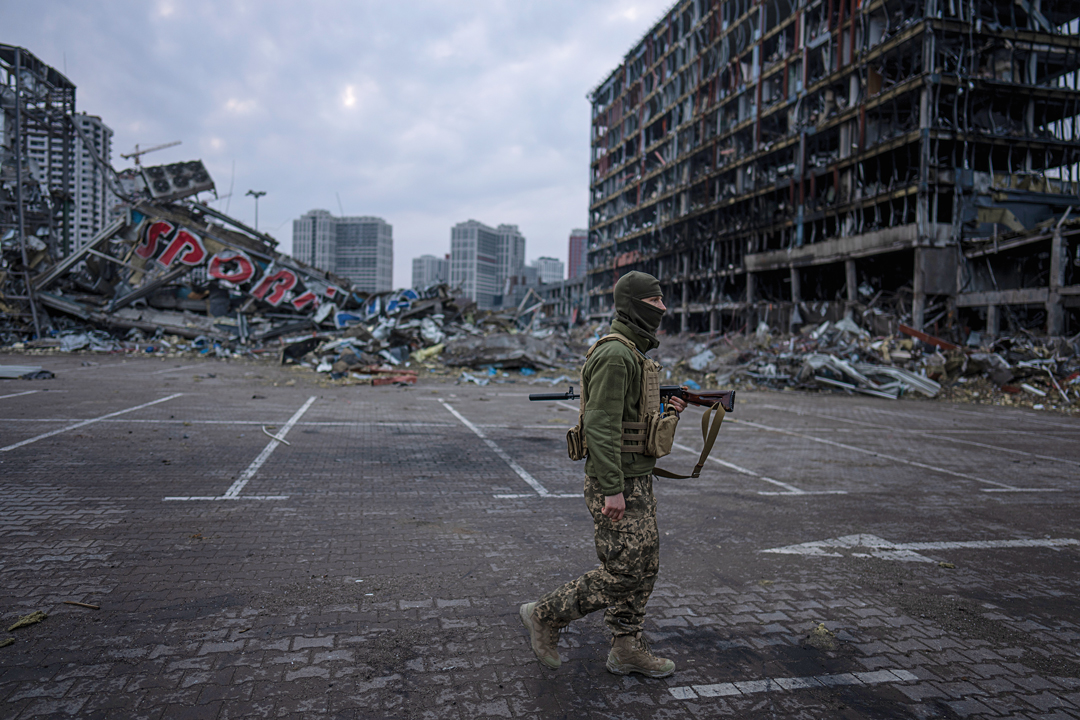The Cold War Foundations of Modern Russian Covert Operations
By Martin Verrier, associate fellow, Royal United Services Institute
“Hence to fight and conquer in all your battles is not supreme excellence; supreme excellence consists in breaking the enemy’s resistance without fighting.”
– Sun Tzu
“The Art of War,” written by Sun Tzu in roughly the fifth century B.C., calls for military commanders to avoid direct confrontation, reminding the reader that the most effective campaign is the one that is won by indirect methods to break the enemy’s will to fight before the battle begins. In many ways, this principle remains the main objective of covert actions, propaganda and information operations.
In February 2021, Twitter published a report documenting 373 accounts believed to be part of a coordinated effort by Iran, Armenia and Russia to conduct information operations. The concepts of information operations vary, but most definitions agree that those operations aim to diminish an enemy’s cohesion and willingness to fight. U.S. Joint Chiefs of Staff publications define information operations as the use of “information-related capabilities in concert with other lines of operations to influence, disrupt, corrupt, or usurp the decision-making of adversaries and potential adversaries while protecting our own.” This definition presents information operations as a two-sided strategy; both offensive and defensive.
Today’s Russian information operations have these same objectives. According to T.S. Allen and A.J. Moore, authors of “Victory without Casualties: Russia’s Information Operations,” Russia, conscious of its incapability to balance against the United States’ regular military capacities, has relied on its significant expertise in the use of information warfare as an asymmetric method to counterbalance defensively and offensively the West’s primacy in military resources. Unlike the American case, where information operations primarily support traditional military and intelligence operations, Russia understands information operations as an essential piece of state power projection. It seeks to align military, diplomatic and economic efforts to information operations objectives. For Russia, information operations are valid also as a defensive weapon. In a well-known article, Valery Gerasimov, chief of the general staff of the Russian armed forces, stated that Western powers are the ones that use information operations to affect Russia’s interests. In fact, as highlighted by Hans Klein, an associate professor in the School of Public Policy at the Georgia Institute of Technology, both East and West accuse each other of conducting information operations to weaken each other’s positions. This struggle can be traced back to the Cold War.

Covert propaganda during the Cold War
During the Cold War, both the U.S. and the Soviet Union relied on propaganda as an information operations tool to undermine and degrade their adversaries’ will to fight. By the 1970s, BBC broadcasts to the East bloc were listened to by almost 50% of the Soviet population, despite Soviet efforts to jam these transmissions. It is also true that the West effectively used propaganda to disseminate information on the benefits of capitalism. For example, Western films were used to propagate capitalism’s and democracy’s benefits, and to demonize communism. In the 1950s, the CIA bought the movie rights to George Orwell’s book “Animal Farm” to use as a propaganda tool in the East bloc. Western efforts to undermine communist governments in the East proved detrimental to Soviet performance during the Cold War.
According to Christopher M. Andrew, a history professor from England, and Vasili Mitrokhin, a former Soviet intelligence chief who defected to the United Kingdom, Soviet information operations during the Cold War were oriented toward achieving three main objectives: the fragmentation of NATO, promoting the communist agenda, and the subversion of nonaligned countries. The primary tool to perform these operations was the KGB-controlled Society for Cultural Relations Abroad. Some of the tactics included false flag operations, such as the attack on Pope John Paul II, which according to Taras Kuzio, professor of political science at the National University of Kyiv Mohyla Academy, was deliberately attributed to a Turkish nationalist who turned out to have links to East bloc intelligence agencies. Other tactics included supporting separatist and nationalist movements by financing information operations, and the intensive use of dezinformatsiya, or disinformation, campaigns that included blaming the spread of HIV on the CIA. During the Cold War, a large part of information operations was also oriented toward influencing local populations in the Soviet Union and satellite countries. The main objectives of this strategy were to consolidate popular support, build resilience in case of war and build resistance against the West’s information operations, according to Center for European Policy Analysis fellows Irina Borogan and Andrei Soldatov. These can be considered information operation defensive measures.
The Soviet Union also executed information operations in an offensive mode, mainly through the use of active measures, which involve overt and covert operations to influence public opinion. One of the main instruments of this strategy was the design and exploitation of front organizations that promoted Soviet policies. The World Peace Council, founded in 1949 to promote peace globally, was de facto controlled by the Communist Party and ruled by Soviet officials. The Soviets used this organization to encourage positions against the liberal Western economic order, to aid leftist “liberation” movements and to exploit fears of nuclear weapons in NATO countries, according to the U.S. State Department.
Other active measures included forgery of official documents and reports. For instance, the Soviet Union used authentic official U.S. documents as models to fabricate false war plans designed to build tension between countries. Agents of influence were another tool for conducting information operations. These agents recruited sympathizers, who weren’t aware that they were being used to spread disinformation. The World Peace Council’s campaign, including demonstrations against enhanced radiation weapons in the U.S., was an example of the Soviet use of agents of influence. Finally, the Soviet Union relied on traditional active measures such as distributing misinformation and fake news through conventional media outlets. While these campaigns were directed at domestic news outlets, Soviet agents also targeted the foreign press, inserting falsely attributed material. For instance, the TASS news agency oversaw the global spread of Soviet propaganda. It had a substantial overseas representation with more than 400 staff and correspondents in 126 countries. Many of them were connected to Soviet state security organs, including foreign intelligence.

Information operations in Putin’s Russia
The collapse and disintegration of the Soviet Union led to political turmoil in Russia. Still, intelligence agencies, particularly the KGB (now known as FSB), maintained profound influence on Russia’s political structure. Before becoming Russia’s president, Vladimir Putin was elected prime minister in 1999. He is a former KGB officer and once served as FSB director. His personal experience during the Cold War profoundly shapes current Russian information operations. According to journalist Chris Bowlby, Putin’s worldview was formed by the fall of the Berlin Wall, the disintegration of the Soviet Union and the power vacuum that followed, which he experienced while serving as a KGB officer in East Germany in 1989. The disintegration of the Soviet Union, which many Russian scholars think resulted from Western information operations, may have reinforced his vision on the crucial role that these types of operations would have in the future. In particular, the Soviet collapse demonstrated how vulnerable a country can become when its leadership breaks. This is absolutely linked to the new way in which Russia conducts information operations. While they remain a centerpiece of Russia’s foreign policy activities, today’s information operations aim to have a kinetic effect in addition to the traditional subjective influence on an adversary’s social cohesion. Russia’s seizure of Crimea in 2014 provides paradigmatic examples of the four distinct characteristics of contemporary Russian information operations that differentiate them from those of the Cold War era, not only for achieving strategic objectives but also for ensuring tactical victories.
First, Russia increasingly controls mass media to distribute and propagate its messages by developing news outlets that act as agents of Russian influence. For example, Russia Today (RT) broadcasts to more than 100 countries and has been marked for its involvement in Russian information campaigns. A recent report by the U.S. Office of the Director of National Intelligence found that RT news outlets played a vital role in the Russian strategy to meddle in the U.S. national elections in 2016. According to the report, RT mixed real information, hacked information, and fake or false information while amplifying its messaging through social media to undermine the U.S. public’s faith in the democratic process.
Second, modern information operations aim to control the Russian diaspora in former Soviet republics. Russia uses information operations to create a false narrative of aggression against Russian diaspora communities to justify subsequent military actions. These operations aim not only to justify this narrative internally, but also to legitimize it in international eyes. In Georgia (2008) and Ukraine (2014), to justify its interventions, Russia had been conducting information operations for years before actually deploying troops.
Third, social media has given a whole new meaning to Russian information operations. Social media outlets such as Facebook and Twitter are used to propagate narratives that appeal to emotions deeply rooted in Russian social psychology. The use of emotional stories reinforces the potent ideas of the glorious Russian past and Russia being a victim of adversaries’ aggression. For example, Chris Collison, from the Jackson School of International Studies, states that during the Crimean campaign, Russian media made the fantastical claim that Ukrainian soldiers had crucified the child of a family who supported the Russian intervention. According to Julien Nocetti, a research fellow at the French Institute of International Relations, Russia employed a similar strategy to attribute a gas attack in Syria to Syrian opposition forces.

Finally, Russia operates information campaigns as a tool of hybrid warfare operations. There isn’t a unique definition of hybrid warfare. The Norwegian Institute of International Affairs defines it as “the synchronized use of multiple instruments of power tailored to specific vulnerabilities across the full spectrum of societal functions to achieve synergistic effects.” Russia has successfully conducted information operations that created mayhem in the adversary’s military and corrupted its chain of command. In Crimea, Russia’s use of information operations, combined with parastatal troops, special forces and the active role of the Russian diaspora, rendered local Ukrainian armed forces virtually useless. The local Ukrainian military faced unidentified troops and civic-military demonstrations, received confusing information from mass media, and found its communication channels with other units had been jammed. As a result, local units didn’t fight, and just one Ukrainian soldier was killed. Russia achieved an almost flawless victory according to Sun Tzu’s definition.
Contemporary Russian and Soviet Cold War operations
Russia uses information operations to asymmetrically balance the West’s capabilities, promote its own interests abroad and consolidate the domestic political scene. It has shown the world how a conflict can be won with little violence, by breaking the enemy’s leadership and creating a massive fog of war. Russia has also proved how effective information operations are at deepening preexisting societal fractures and how that can affect democracy and even the rule of law. Additionally, it has proved to the world how social media plays a vital role in propagating cleverly tailored messages and how traditional media can be used to spread disinformation or misinformation. Russia has shown that information operations can have more tangible results than in the past and may be used in a kinetic way with immediate tactical results.

Contemporary Russian information operations are deeply rooted in their Soviet predecessor. As in the Soviet past, the Russian government still considers itself a victim of Western information operations to undermine its sphere of influence. Mark Galeotti, a writer and lecturer on Russian security affairs, argues that Russian authorities see the United States’ push for transparency, democratization and the fight against corruption as tools of subversion, which can be linked to Ukraine, Georgia and the Balkan states moving politically closer to the West. This is not the only link to the past. RT can be traced back to TASS and APN, media outlets that distributed tailored Soviet information around the world. With its speed, social media has revolutionized the way disinformation is spread. But the objectives remain similar to those of the Cold War agents of influence. Moreover, the current trend of using information operations to influence the Russian diaspora abroad is intimately related to its defensive countering of Western information operations in the East bloc during the Cold War.
One factor in Russia’s modern use of information operations is that it can be used at a tactical level, encompassing military actions and achieving kinetic power that can weaken an adversary’s armed forces. Still, this unique characteristic was developed as a result of a phenomenon that can also be traced back to the Cold War: Russia’s inability to compete on equal terms with the West in the conventional military arena. For Putin, Sun Tzu’s principle of winning without fighting has turned out to be not an option but a necessity, even though it apparently does not exclude the use of kinetic means.


Comments are closed.